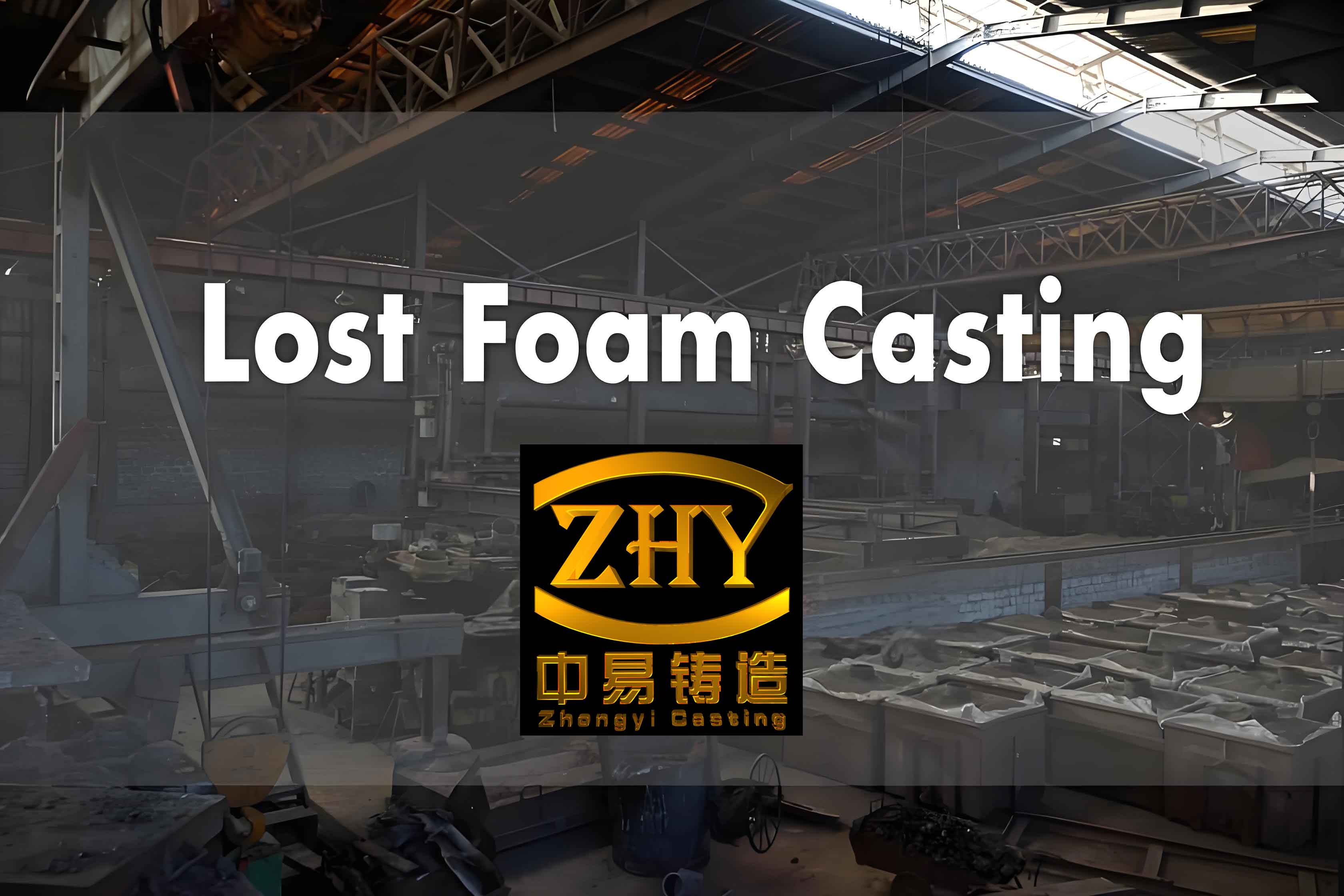
Abstract
This comprehensive article focuses on the crucial aspect of quality control measures in the lost foam casting process within industrial settings. The lost foam casting process has gained significant traction in various industries due to its unique advantages; however, ensuring consistent and high-quality output demands meticulous quality control. Through detailed exploration and practical examples, this paper aims to present an in-depth understanding of the essential quality control measures and their implementation strategies.
1. Introduction
Lost foam casting process has revolutionized the manufacturing landscape, allowing for the production of complex and high-precision components. However, to meet the stringent quality requirements of industrial applications, effective quality control is paramount.
2. Understanding the Lost Foam Casting Process
A detailed overview of the steps involved in the lost foam casting process, including pattern making, coating application, pouring, and solidification.
3. Key Quality Attributes in Lost Foam Casting
3.1 Dimensional Accuracy
The importance of achieving precise dimensions and the factors influencing it.
3.2 Surface Finish
How surface quality affects the functionality and appearance of the castings.
3.3 Mechanical Properties
The significance of meeting the specified mechanical strength and ductility requirements.
4. Quality Control Measures at Different Stages
4.1 Pattern Inspection
- Visual examination for defects and dimensional verification.
- Use of metrology tools for accurate measurement.
4.2 Coating Quality Assurance
- Checking coating thickness and uniformity.
- Ensuring proper adhesion and integrity.
4.3 Pouring and Solidification Monitoring
- Temperature control during pouring.
- Monitoring solidification rates and patterns.
5. Inspection and Testing Techniques
5.1 Non-Destructive Testing (NDT) Methods
- X-ray inspection for internal defects.
- Ultrasonic testing for material integrity.
5.2 Destructive Testing
- Tensile testing to evaluate mechanical properties.
- Metallographic analysis for microstructure examination.
6. Statistical Process Control (SPC) in Lost Foam Casting
How SPC can be employed to monitor process variations and take corrective actions.
7. Quality Control Challenges and Their Solutions
7.1 Foam Pattern Deformation
Causes and solutions to prevent pattern distortion.
7.2 Metal Penetration Issues
Strategies to minimize metal penetration and its associated defects.
8. Case Studies Illustrating Successful Quality Control
8.1 Case Study 1: Automotive Component Production
A detailed account of the quality control measures implemented and the resulting improvement in product quality.
| Quality Parameter | Before Quality Control | After Quality Control |
|---|---|---|
| Dimensional Deviation | ±0.8 mm | ±0.3 mm |
| Surface Porosity | 3% | 1% |
8.2 Case Study 2: Heavy Machinery Component Casting
Highlighting the challenges faced and the solutions adopted to achieve superior quality.
| Quality Parameter | Before Quality Control | After Quality Control |
|---|---|---|
| Yield Strength | 400 MPa | 550 MPa |
| Impact Resistance | 20 J | 35 J |
9. Training and Skill Development for Quality Control Personnel
The importance of a well-trained workforce in ensuring effective quality control.
10. Future Trends and Advancements in Quality Control for Lost Foam Casting
Emerging technologies and their potential impact on quality control practices.
11. Conclusion
Effective quality control in the lost foam casting process is essential for meeting the demanding requirements of industrial applications. By implementing the discussed measures and continuously evolving with technological advancements, manufacturers can ensure consistent production of high-quality castings, enhancing their competitiveness in the market.
It is evident that a proactive and systematic approach to quality control not only improves the immediate product quality but also lays the foundation for sustainable growth and innovation in the field of lost foam casting.
